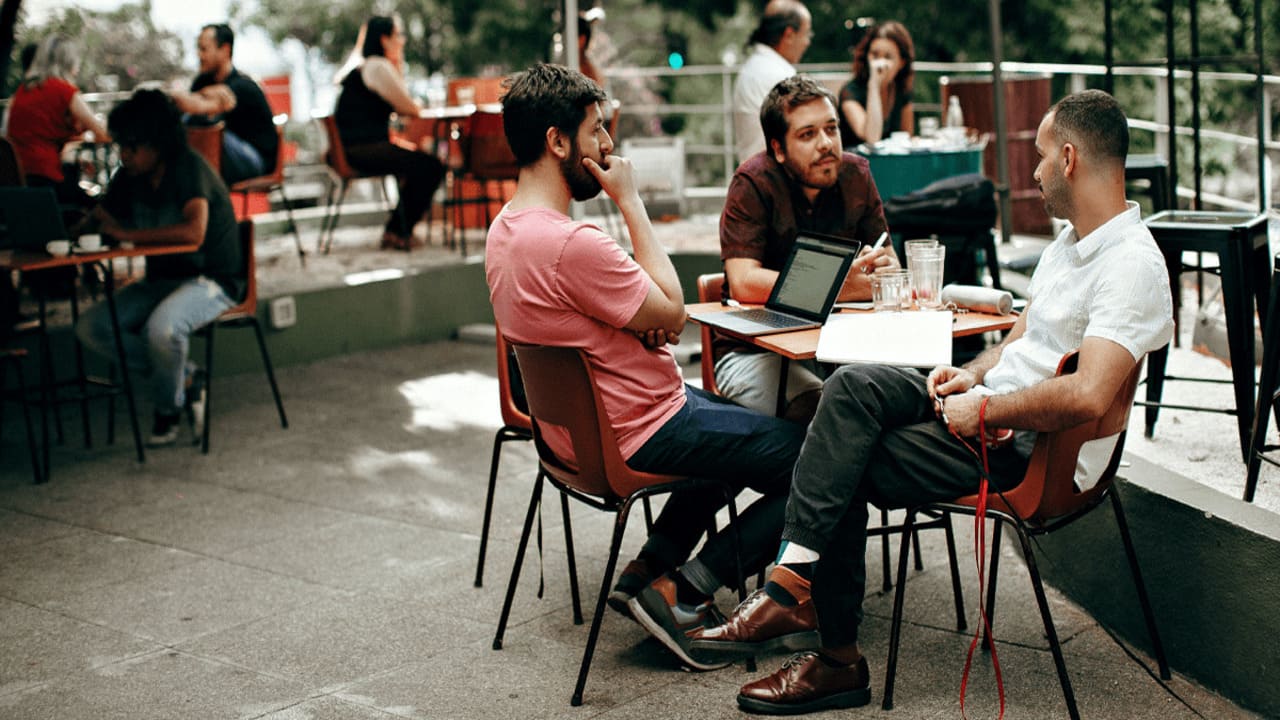
Meet Muscatine – Muscatine, Iowa is more than just a charming small town it is a vibrant community where history, culture, and tradition still shape daily life. While skyscrapers rise in urban centers and digital culture dominates modern society. Muscatine Living Heritage offers a compelling example of how local citizen can not only survive, but flourish in harmony with contemporary life.
Often referred to as the “Pearl Button Capital of the World” due to its booming shell-button industry in the late 19th and early 20th centuries, Muscatine’s identity is deeply link to the river, the land, and the people who have live there for generations. But Muscatine is not a city frozen in time. Instead, it is a place where tradition breathes alongside progress, with longstanding cultural practices continuing to find new relevance and meaning.
One of the most powerful testaments to Muscatine Living Heritage is its commitment to community festivals and seasonal celebrations. The annual Melon Festival, a joyful event that honors the region’s sweet melon harvest, draws residents and visitors alike with its parade, music, food booths, and family-friendly activities. It’s a celebration of local agriculture, but also of intergenerational community spirit.
Similarly, Holiday Stroll, held each December in downtown Muscatine, transforms the city into a winter wonderland where carolers sing, small businesses stay open late, and horse-drawn carriages line the decorated streets. The event bridges nostalgic holiday charm with modern local shopping and tourism preserving the town’s festive traditions while supporting economic sustainability.
These events aren’t just nostalgic they are living, adaptive experiences that continue to evolve with the times. QR code scavenger hunts, LED-lit floats, and digital marketing campaigns coexist seamlessly with antique tractors and handmade crafts. Muscatine has found a way to preserve its history without resisting change.
Read More : Discover Comfort and Simplicity at Country Inn Resort Motel near Mark Twain Lake
Muscatine’s cultural preservation would not be possible without its dedicated institutions. The Muscatine Art Center, housed in a historic mansion, is a cornerstone of this effort. It not only protects regional art and artifacts but also engages the community with modern exhibits, youth programs, and artist residencies. By offering workshops in both traditional and digital mediums, the Art Center ensures that creativity in Muscatine remains both rooted and relevant.
The Muscatine History and Industry Center further reinforces the town’s cultural foundation by chronicling the rise of pearl button manufacturing and the entrepreneurial spirit of Muscatine’s past. These exhibits offer more than education they inspire reflection on how small-town America helped shape broader national trends.
Even the public library plays an active role, hosting events that blend literature, local history, and community dialogue. Through book talks, oral history projects, and intergenerational story swaps, the library helps make Muscatine’s legacy accessible and meaningful for younger generations.
A unique aspect of Muscatine’s living heritage is the role that elders and long-time residents play in keeping traditions alive. In local cafes, family-run farms, and neighborhood gatherings, oral histories are pass down, recipes are share, and values are reinforce not in lecture halls, but around kitchen tables and front porches.
These quiet acts of transmission are what make Muscatine’s heritage truly “living.” A grandmother teaching her grandchildren how to bake a traditional pie, a retired button-factory worker explaining machinery to a curious teen, or a neighbor sharing stories of river floods and town resilience each moment stitches the past into the present.
Rather than resisting the influx of modern technology or global culture, Muscatine’s families often find creative ways to incorporate it. Local traditions are capture in digital storytelling projects, archive in online exhibits, and even featured in student-led social media documentaries.
Read More : The Social Side of the River City: How Muscatine Connects Through Culture
In recent years, Muscatine has also welcomed new voices into its cultural landscape. Immigrant communities, particularly those from Latin America and Southeast Asia, have brought their own traditions, cuisines, and celebrations into the fold enriching the town’s cultural mosaic.
Events like Hispanic Heritage Month festivities or international food pop-ups in downtown markets are now part of Muscatine’s evolving identity. Local schools have embraced multicultural learning, and interfaith organizations hold joint celebrations that reflect both unity and diversity.
This blend of old and new, local and global, is not seen as a dilution but as a deepening of what it means to be Muscatine. It’s a reminder that heritage is not a fixed script but a living conversation.
While much of Muscatine’s heritage has been preserved through memory and ritual, the next chapter belongs to the city’s youth. Across schools, clubs, and creative spaces, young people are finding ways to reimagine tradition through modern lenses.
High school students are digitizing historical archives, filming documentaries about neighborhood life, and launching community art projects that tell stories of identity and belonging. Youth-led initiatives are organizing eco-friendly updates to traditional events, from sustainable parade floats to plastic-free holiday markets.
Through platforms like TikTok and YouTube, younger generations are sharing slices of Muscatine Living Heritage far beyond its borders proving that heritage doesn’t have to be hidden in the past to matter. In fact, it may just be Muscatine’s youth who ensure that its legacy not only survives but thrives.